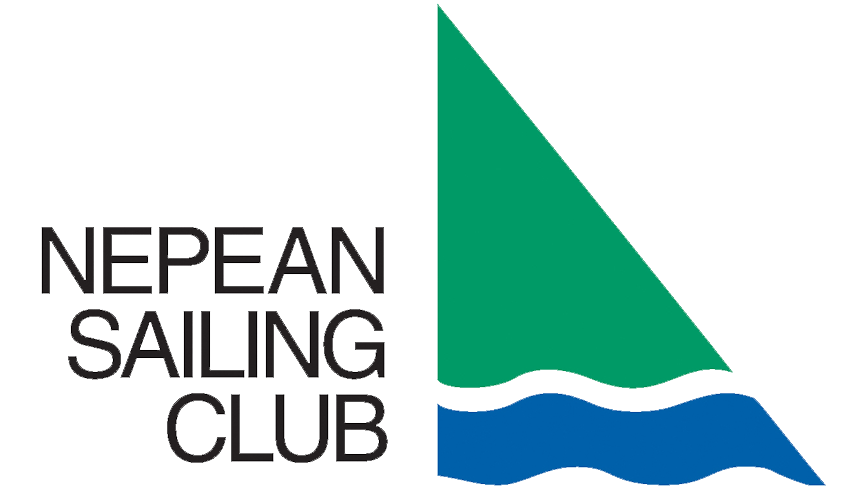Tecktalk - Osmosis Cause and Cure
September 1999 Telltale page 3 - by Tom Winlow and Marcel Laroche.
The disease is not as bad as some people make it out to be. If you have the choice between a wet deck core and osmosis, choose osmosis. Repairing a wet deck requires a fair amount of expertise to match the gelcoat colour and nonskid pattern; osmosis only requires hard messy work and patience.
The Cause
The dictionary defines 'osmosis' in part as being: "The diffusion of fluid through a semipermeable membrane". In boating terms, it means that water penetrates through the previously thought waterproof gelcoat layer and into "pea size" voids between the gelcoat and the first layer of fiberglass mat. Then, it dissolves the unsaturated binder (glue) used to hold the random fibers of the mat together. The molecular structure of 'this new mixture' changes (thickens), making it impossible for it to permeate outward through the gelcoat. As a result, it pushes the gelcoat outward, creating small bumps in the gelcoat below the waterline.
The cause of osmosis begins at the factory. During the layup of the hull, workers apply the gelcoat inside the mold by brush, roller or spray gun. This produces a slightly uneven inside surface.
Once the gelcoat has hardened, they apply the first layer of fiberglass mat, being careful not to disturb the gelcoat, which is only about 1/32 nd of an inch thick. Mat is more difficult to wet with resin than cloth, due to the binder (glue) that holds the randomly placed small fiber of the mat. As a result, small pea size air bubbles (voids) are formed between the gelcoat and the mat, where some of the binder has not been completely wetted by the resin. Some people have advanced the theory that osmosis is caused by water in the bilge. If this were so, osmosis would only occur immediately above the keel attachment area and not all over the underwater areas.
The Cure
The cure for the disease is fairly 'straight forward'. Sandblasting is the most practical for your health. Let the other guy die of chemical poisoning! Blasting will open up all areas where the gelcoat is not backed up by solid laminate. Have the steel keel blasted as well. This will remove all the rust from the pit holes. It is by far the best way to remove the rust.
Within a couple of hours after blasting (cast iron will rust overnight), apply at least one coat of Interprotect 2000 and ensure that all the pit holes are wetted. This will isolate the cast iron from the air and prevent it from rusting over the winter. The best time for sandblasting is in the fall, because the boat can dry up for six months until the spring.
After the sandblasting, remove the gelcoat from the pad areas and cover pads with a plastic sheet. Wash the hull (below waterline only) with acetone using a natural bristle brush and wipe with a rag wetted with acetone. Wear goggles for eye protection. Acetone is a very strong solvent and cleaner. It also mixes perfectly well with water and as such will penetrate into damp fibers to help extract water and contaminants.
In the spring, wash again with acetone. Then roll on one coat of 'Interprotect 1000' clear epoxy, working it well into the void areas, to ensure that the dry fibers are well encapsulated in epoxy. Let it dry overnight. Then fill all the holes with VC Watertight filler, sand flush, fill and sand again. It will usually take a third application and sanding to fair the hull properly. Don't count on the 'Interprotect 2000' to hide shoddy work.
Now you are more than halfway through the tunnel and the light that you see at the other end of the tunnel is not the freight train.
Now roll on six coats of 'Interprotect 2000' (gray). Use a small 3inch wide 1 1/2" diameter roller. The greenish/ yellow rollers used by West System epoxy are ideal. Because of the curvature of the hull, small rollers are much faster. It will take about one hour to apply a coat followed by a two hour wait, then one hour for the next application followed by a two hour wait and an additional one hour for the third application for a total of seven hours. Repeat the procedure on the second day. If you have used the short nap foam roller you will end up with finish that feels like '60 grit' sandpaper and little or no runs.
If after the third coat, you find a few small holes, use a putty knife and thick 2000 from the side of the pan and fill the imperfection, then allow it to dry overnight.
Sand the last coat of 2000 by hand until satisfied with the smoothness of the finish. Apply two coats of bottom paint and voila!
My Viking 33 had osmosis. Every fall I would drill out the bumps and fill them in the spring, only to find a new set of bumps at haulout. After three years of futile attempts, I bit the bullet and got it blasted and gave it the full treatment as described above. I am glad I did. If you ignore osmosis, it will not cause your boat to sink next year, but it will make it hard to sell and will reduce the value by an amount equal or more than the cost of having it repaired by a commercial yard. If you do it yourself, you will save a considerable amount of money and increase the value of your boat.
For a 30 footer, it should take about 50 hours of work and cost about $1,100.00.
Sandblasting.....................$ 400.00 Interprotect 1000/2000...........$ 500.00 Filler & Supplies................$ 100.00 Bottom Paint.....................$ 100.00
A commercial operator would charge you about $3,000.00
